Manmohan Singh: A Legacy of Quiet Courage and Economic Reform
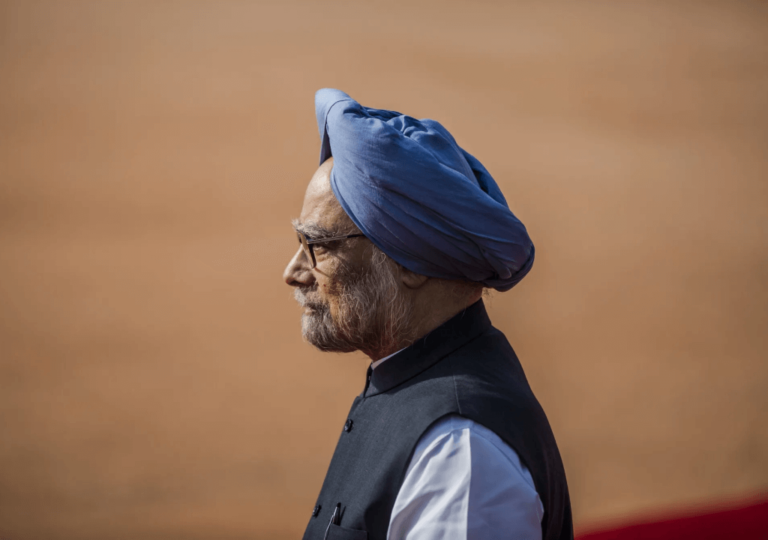
Former Prime Minister Manmohan Singh, 92, passed away in New Delhi, leaving behind a legacy of economic transformation

Former Prime Minister Manmohan Singh, 92, passed away in New Delhi, leaving behind a legacy of economic transformation
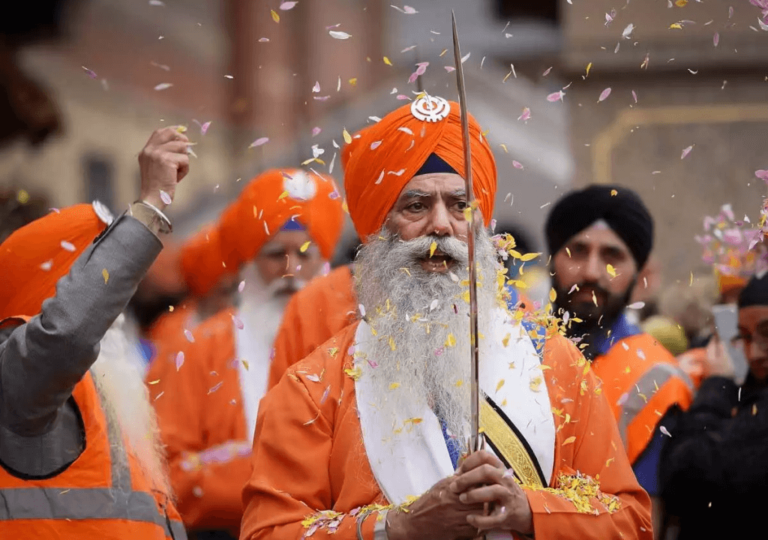
Sikhs have long sought political autonomy, leading to tensions over Khalistan amid rising nationalism in India
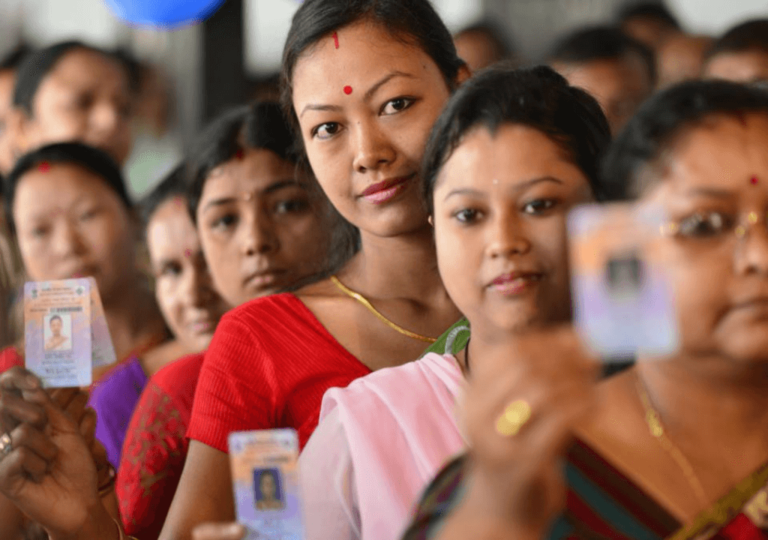
India's elections are a grand spectacle, with the "One Nation, One Election" proposal aiming to streamline costs and governance
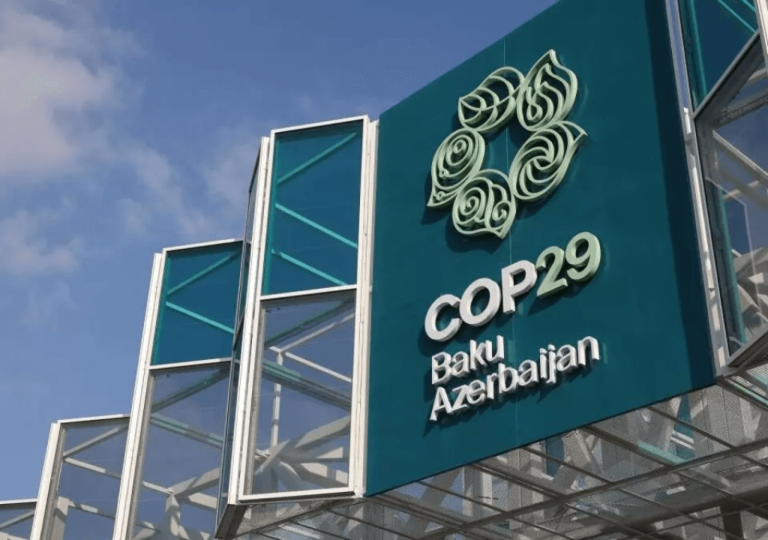
COP29 in Azerbaijan faced criticism for its focus on oil and lack of significant climate action
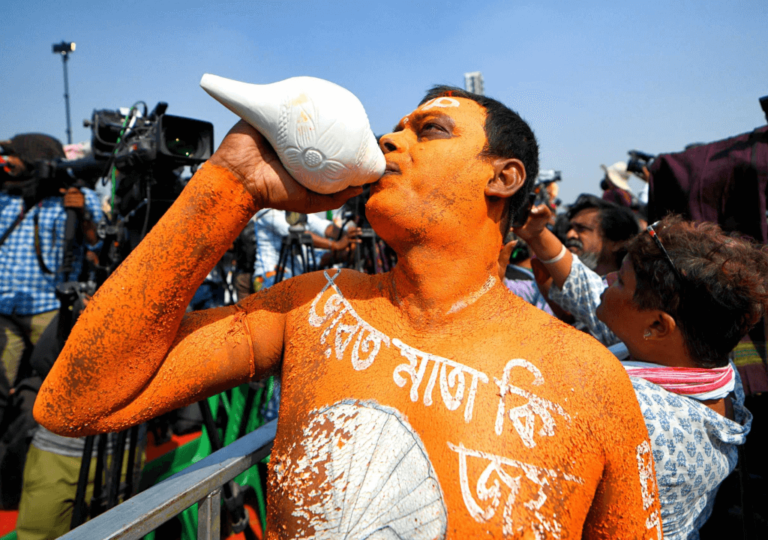
Maharashtra's BJP-led alliance wins 235 seats in the assembly election, securing a strong mandate for another five years
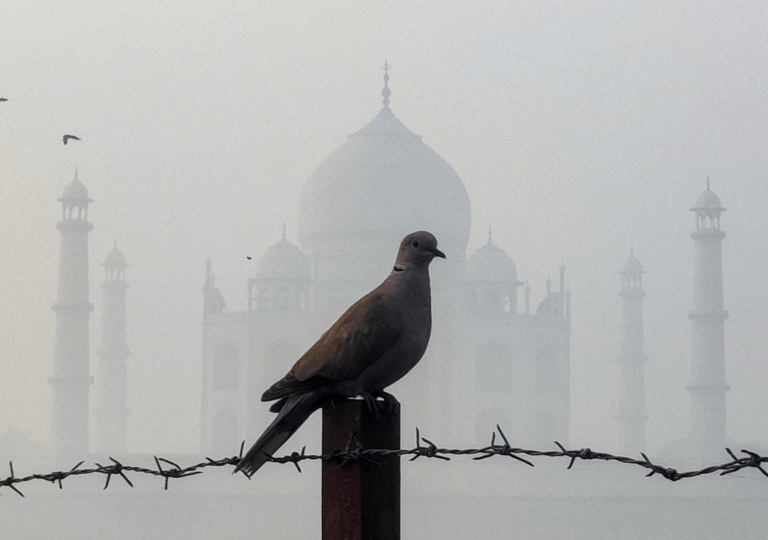
Delhi's air pollution crisis poses severe health risks, prompting discussions about relocating the capital for sustainable development
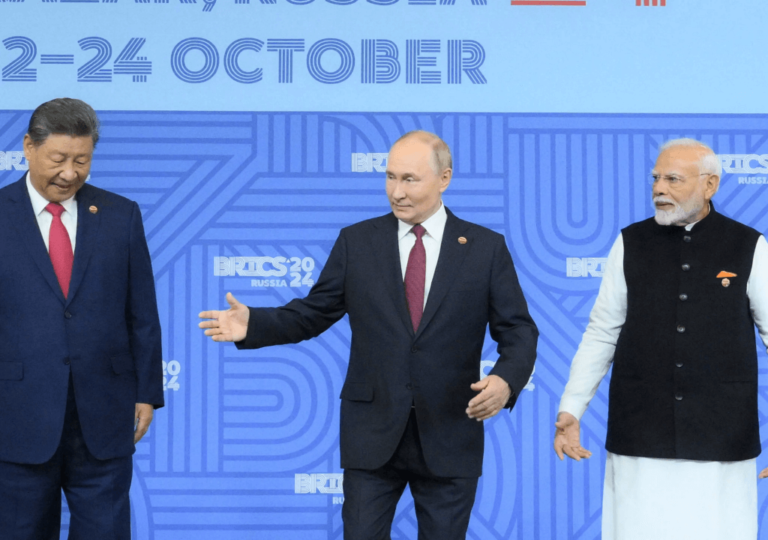
The 16th BRICS summit in Kazan highlights the bloc's growing geopolitical significance and its challenge to U.S. dominance
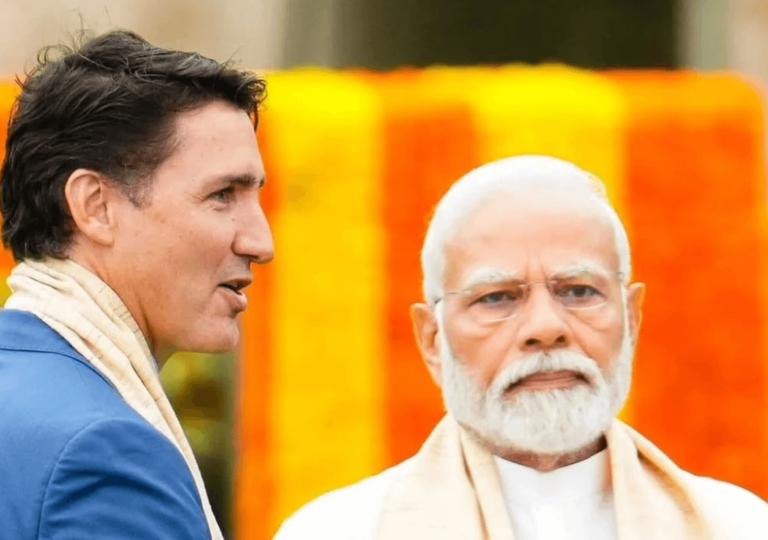
India and Canada face escalating tensions over the killing of Sikh separatist Hardeep Singh Nijjar, leading to mutual diplomat expulsions
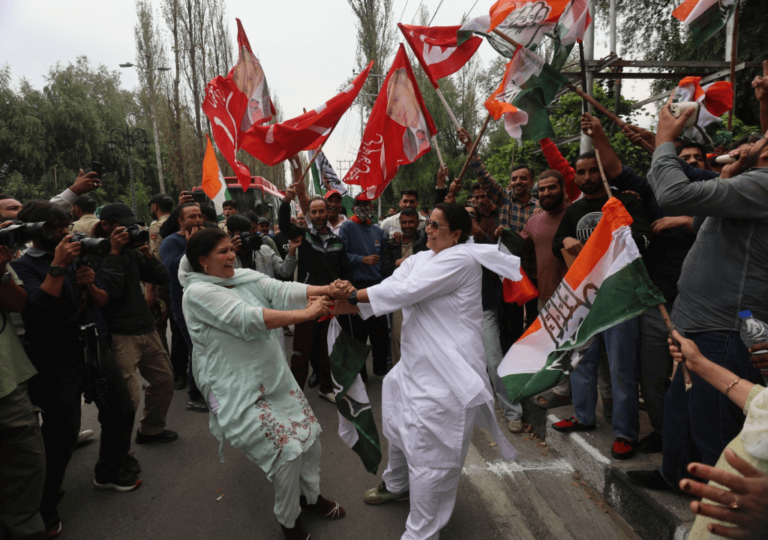
The National Conference and Congress alliance won a majority in Jammu and Kashmir, marking a setback for the BJP
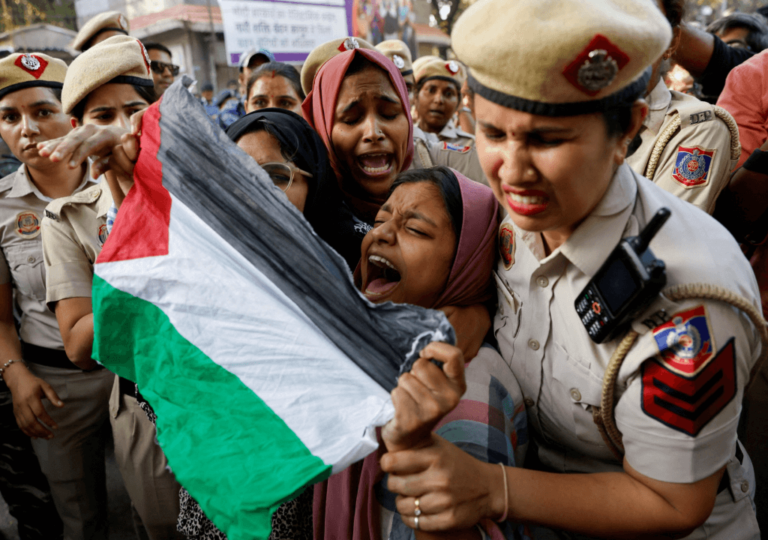
Protests in South Asia over the Israel-Palestine conflict reveal deep religious ties and societal divisions amid local issues